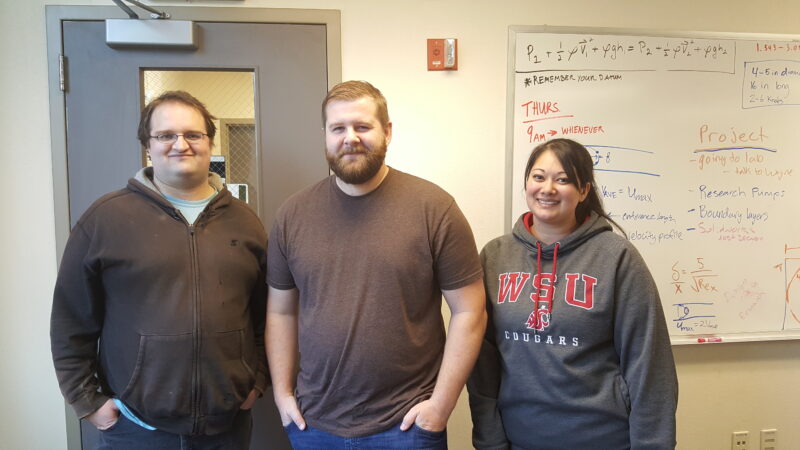Spotlight on Design: University Design Teams Tackle Issues with the Shea Roasting Process
University partnerships have been a tenet of Burn Design Lab’s project structure since as early as 2013. For the 2018-19 academic year, we’re partnering with senior design teams from Washington State University and the University of Portland to tackle issues surrounding the shea roasting process.

In Ghana, over 900,000 women participate in the harvest and production of shea nuts to shea butter. As part of the process, these women roast shea nuts using methods that expose them to harmful smoke, heat, and ergonomic risks. Currently, shea nuts may be roasted in a large pot over a three-stone fire or in a hand-turned cylindrical drum over a large open fire. To determine when the roasting is done, the women open the drum and pour some water on the shea – if there’s a sizzle, it’s done.
The team at WSU is designing a mechanical drive to rotate the roasting drum. The final design will be reliable, efficient, durable, low-cost (under $5 or if possible under $2) and easy to maintain. The drive will not only be significantly less ergonomically taxing on its users, but will also ensure a more consistent roast of the shea nuts.
The UP team is addressing the task of determining when the roasting is done. The current “sizzle test” yields inconsistent roast quality; moreover, depending on when the roast is interrupted, this method results in either wasted time or over-roasted shea. The goal of this project is to design a low-cost way of determining when the shea is ready, without interrupting the roasting process, opening the drum, or compromising the quality of the final product.
The entire BDL team is so excited at the opportunity to work with smart, focused engineering students on design problems for our ongoing shea project. As Brian Gylland, BDL’s project lead for designing an improved shea roaster, puts it: “Partnering with university design teams is a win-win. On one hand, BDL benefits from a fresh set of perspectives from creative, incisive young engineers; and on the other, these students get to work on solving real-world problems with the knowledge that their designs will go on to impact people halfway around the world.”
– Raya Foster